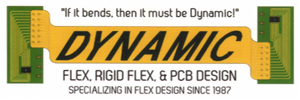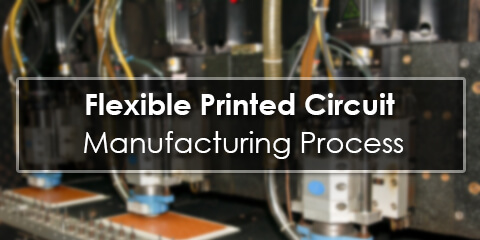Flexible Printed Circuit Manufacturing Process
FPC flex circuit design
The wide application and development of flex circuits are due to its remarkable advantages. First, the good quality, lightweight, tiny volume, and agile structure of flex circuits satisfy the requirement of modern electronic products.
Second, FPC flex circuit design can stretch out to three-dimensional space, improving the freedom of mechanical structure design and circuit design. These advantages not only reduce the workload of the assembly errors and the whole machine but also improves the stability and reliability of the electronic equipment system as a whole.
Flex circuit design analyzers: Pretreatment
During the production process, when low yield caused by too many defects is witnessed, for instance, open/short circuit or lessen the scrap rate and the feeding frequency caused by problems related to coarse processes like cutting, rolling, and drilling.
And then, evaluate how to select the material for meeting the requirements of the customers and manufacture the flex circuit design analyzers that may accomplish the best effect. This demonstrates that pretreatment is of utmost importance.
Flexible printed circuits: manufacturing process
The process of flex circuit design and manufacturing is exhaustive. Following is the manufacturing process of flexible printed circuits:
- Flex circuit design
- Cutting
- Drilling
- PTH
- Electro less Plating
- Pretreating
- Dry Film Lamination
- Position
- Exposure
- Develop
- Pattern Plating
- Remove Dry Film
- Pretreating
- Dry Film Lamination
- Position and Exposure
- Develop
- Etching
- Remove Dry Film
- Surface Finish
- Coverlay Lamination
- Lamination
- Curing
- Immersion Gold
- Silkscreen
- V-cutting/scoring
- Electrical Test
- Punching
- FQC
- Packaging
- Shipment
Why manufacturers prefer flex circuits?
Generally, manufacturers prefer flexible circuitry due to the following reasons:
- These wiring solutions fit where rigid boards cannot
- Lightweight, thin products that are durable
- Miniature versions of current technologies
- 3D packing geometry
- Less device interconnects
- Vibration and shock resistance
These benefits hint as to why flexible circuitry options are an ideal solution, especially for mobile consumer electronics.
The amateurs of enterprising circuit boards who take apart their laptop computers or smartphones will discover a wealth of flexible circuitry instead of any modern device on the market.
Rigid-flex circuits
The rigid-flex circuits have also gained prominence of late. In many of these circuit boards, the circuitry comprises multiple flexible circuit inner layers selectively attached using an epoxy pre-preg bonding film, mimicking a flexible multilayer circuit. However, a multilayer rigid-flex circuit uses a board internally, externally, or both as required to achieve the design.

